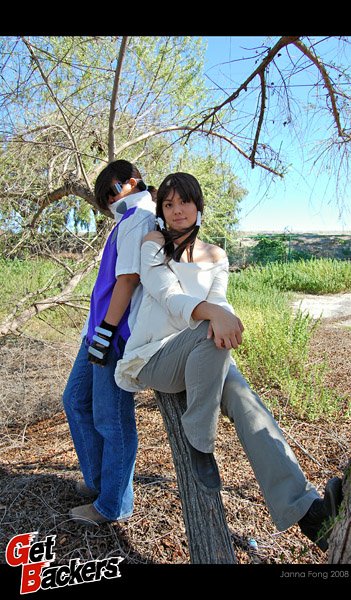

Thirty-three thumbs (30 patients) were ultimately included in this retrospective study. Among the 44 patients, nine were lost to follow-up, and five were not included due to the lack of preoperative data (three cases), the existence of other abnormalities on the hand, making the functional evaluation difficult (one case) and a too short follow-up (one case).

Thirty-eight thumbs (35 patients) were clinically reviewed by an observer who was not one of the two surgeons.

This study presents the surgical treatment and follow-up of patients in the Clinique d’Orthopédie et de Chirurgie de l’Enfant de l’Hôpital Jeanne de Flandre, Lille (France) between July 1995 and January 2003.īetween 19, 44 patients (49 thumbs) were operated on in our department. Such an approach may require more complex reconstructive techniques than the simple resection. one that is mobile, with a good axis and stable, together with a good cosmetic result. The current approach of surgeons is to create a functional thumb, i.e. Simple resection has for several years been considered to be the best treatment, but it often leads to hypoplastic and unstable thumbs. Thumb function represents all 40% of hand function therefore, the resection of one of the two thumbs may impair hand function. The supernumerary thumb is more an aesthetic issue than a functional disability as duplicated thumbs often have together all the structures required for good hand function. Its form depends on the level of bifurcation, on the size of both thumbs and on angular deformities. Although it mostly appears an isolated deformity, it can sometimes be associated with other abnormalities. Thumb duplication is a pre-axial polydactyly and one of the most frequent congenital deformities of the hand after syndactyly. We do not recommend osteotomy at the first surgery. For type VII duplication, ablation of the triphalangeal thumb remains the best option. For the other types of duplications, we consider that resection of the most hypoplastic thumb associated with reconstructive surgery is the best surgical approach. The Bilhaut–Cloquet procedure was used in three cases for treatment of type IV duplication On the basis of the Tada scoring system, we obtained 24 good results, eight fair results and one poor result.Ĭonclusion Based on our results, we recommend that the Bilhaut–Cloquet procedure be used not only for the treatment of type II duplication when the thumbs are both hypoplastic and symmetric but also for type IV duplication with the same clinical parameters. The surgical approaches consisted of simple resection of the most hypoplastic thumb (16 thumbs), the Bilhaut–Cloquet procedure (ten thumbs) and resection associated with reconstructive surgery (seven thumbs).
Ten thumbs chan chan series#
According to Wassel’s classification, the series included 12 type II duplications, two type III, 14 type IV, two type V, one type VI and two type VII. Results The mean postoperative follow-up was 3 years and 11 months. Methods Thirty patients (33 thumbs) operated on between 19 are clinically reviewed. Purpose This study reports the results of surgical treatment of thumb duplication in the Clinique d'Orthopédie et de Chirurgie de l'Enfant de l'Hôpital Jeanne de Flandre in Lille (France).


 0 kommentar(er)
0 kommentar(er)
